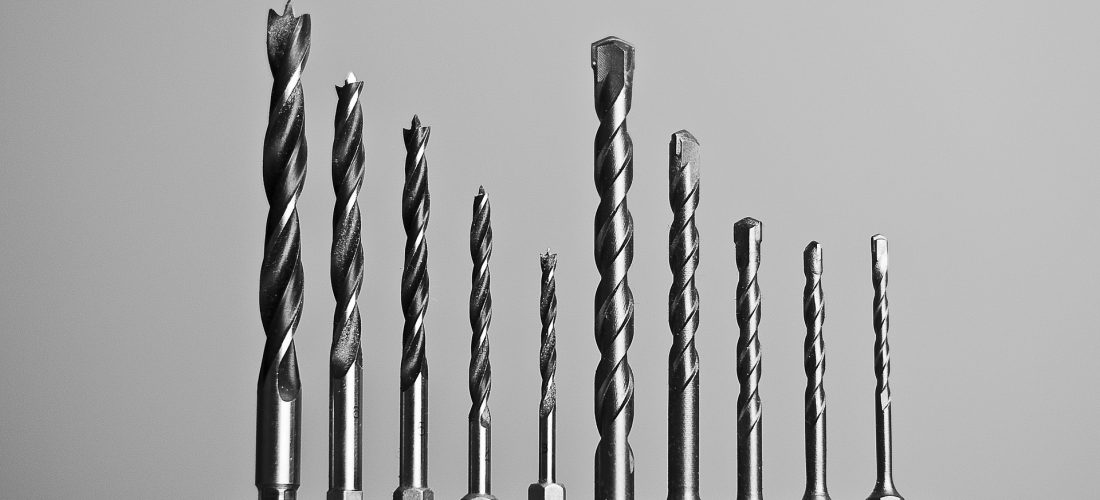“We won’t see mass adoption of 3D printing until the cost of desktop devices comes down.”
Heard that one before? Me too, in nearly every article I read about the latest, greatest, or cheapest new 3D printer. Every time I see some variation of that statement all I can think about is Theodore Levitt’s famous quote that, “People don’t want to buy a quarter inch drill, they want a quarter inch hole.”
Back in the early 1990’s, when 2D digital printing was coming on the scene, it was expensive, slow, and ugly. On average a decent desktop laser or inkjet printer cost over $1000. Almost all of the volume was done on big, production equipment. At the time, I was working for Xerox, selling copiers to print shops. In 1991 we launched the 5775 color copier/printer. It printed 7.5 copies per minute and cost over $100,000. Copy shops who bought the system were selling prints for as much as $2 per page. To be successful, we had to rethink how we sold the machine and how our customers sold the output.
Richard Barton, who at the time was Xerox President of U.S. Operations said it this way: “We’re getting away from training sales reps to ‘see a box’ as an opportunity to ‘sell a better box.’ Our goal is for sales reps to now look for an opportunity to help customers craft better results for their business.”
We started focusing on applications. For example, if a restaurant chain needed menus, we trained our customers to ask questions about them. Was the product and pricing the same at every location? Were some products more profitable than others? Did the restaurant offer carry out service? By integrating color and varying the content of the menu, the restaurant chain sold more product, more profitably and that justified the cost of going digital. They didn’t want menus, they wanted more profitable restaurants.
Fast forward 25 years and we’re falling into the same trap. There’s this assumption that if the box becomes cheap enough, everyone will want it. Most don’t want the box, they want what it can do. Sometimes it comes down to total cost of ownership. What’s better, a box that costs $1 and output that costs $100, or a box that costs $100,000 and output that costs $1? The answer depends on the application. In addition to price, aren’t there also other important factors like speed, quality, flexibility and finishing to consider? Does any of that even matter if the box doesn’t solve a need?
Think about product manufacturing for a moment. Many people like to compare the cost of 3D printing to the cost of mass production. They say that 3D printing is uncompetitive. After all, you can mass produce a hundred thousand of an item for pennies on the dollar. Even when you consider all the supply chain costs including the upfront investment, packaging, logistics and redundant inventory, it still makes more sense to mass produce, right? At some point, yes. There is clearly a breakeven point where analog makes more sense than digital. But what about all the products that can’t be justified that way? Should they remain mothballed when the technology exists to allow them to be sold?
I’ve been asked how 3D printing will democratize manufacturing. I think the real potential is in democratizing design and localizing manufacturing. Sometimes I might want to make something myself, but more often I’ll want something designed by someone else and manufactured on my behalf. The question is, where?
For me the answer is retail – the same people who stock and sell the mass produced versions of products we use today. Every day consumers walk in to stores looking for a hole and walk out with a drill bit. Retailers are ideally suited to help us make the connection between products and the needs they meet. 3D printing puts more product in closer proximity, opening a pipeline of new product innovation. Some will buy 3D printers and make their own products, but most will just have problems and use 3D printed products to solve them





